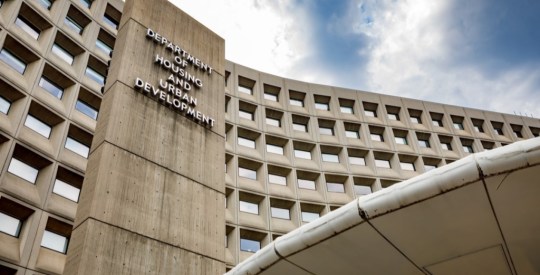Wells Fargo (WFC) completed or started trials on roughly 585,000 mortgage modifications through its private programs since the beginning of 2009, more than five times the 101,000 initiated through the Home Affordable Modification Program. HAMP launched in March 2009 but almost immediately drew criticism. Treasury officials admit the more than 3 million modifications initially promised was over estimated. Through May, servicers started roughly 731,000 permanent loan modifications and have been averaging between 25,000 and 30,000 per month this year. According to a recent poll of housing counselors, only 9% of borrowers who entered the program described it as a “positive” experience. Homeowners continually blame servicers for mishandling documentation. Overwhelmed servicers point out many borrowers are simply out of reach. “Avoiding foreclosure is a top priority for us and when customers work with us, we can help seven of every 10 to stay out of foreclosure,” said Teri Schrettenbrunner, senior vice president, Wells Fargo Home Mortgage. The Treasury points out most of the private programs built since the foreclosure crisis use HAMP as a model. But since mishandled foreclosure and modification processes came to light late last year, new standards were put in place, including a single point of contact that servicers are required to provide throughout the loss-mitigation process. The Treasury began to clamp down on poorly performing servicers — at least to the extent their contracts with these firms allow. In June, the Treasury announced it was withholding HAMP payments from Bank of America (BAC), JPMorgan Chase (JPM) and Wells. Schrettenbrunner said the bank continues to build on its primary contact model it established last summer, and the bank has met with 58,000 borrowers at 31 home preservation workshops. Half of those received a decision on the spot or shortly after the event. Schrettenbrunner said the department continues to “aggressively reach out” to borrowers behind on payments to bridge the communication gap as quickly as possible. “We also continue to aggressively reach out to customers 60 or more days behind on their home loans via mail and telephone in an effort to engage them,” Schrettenbrunner said. Write to Jon Prior. Follow him on Twitter @JonAPrior.
Wells Fargo private mods outnumber HAMP 5 to 1
Most Popular Articles
Latest Articles
New HUD rule aims to increase lender participation in tribal housing program
HUD says the new rule is designed to increase and streamline Native American borrowers’ access to homeownership.



